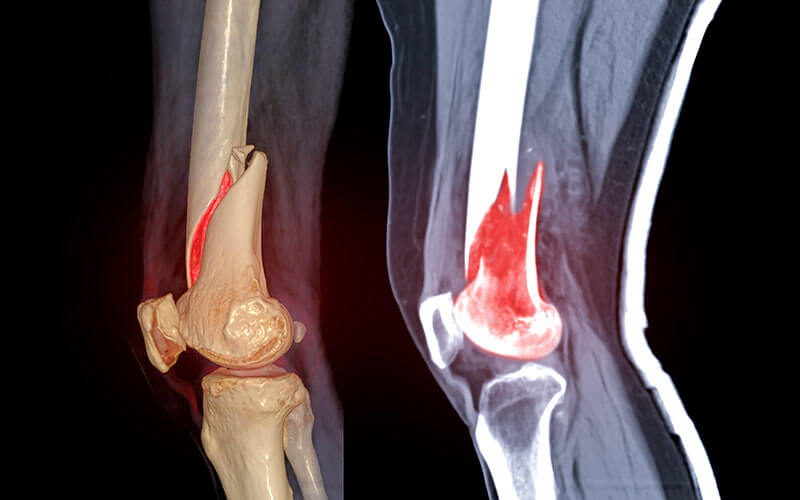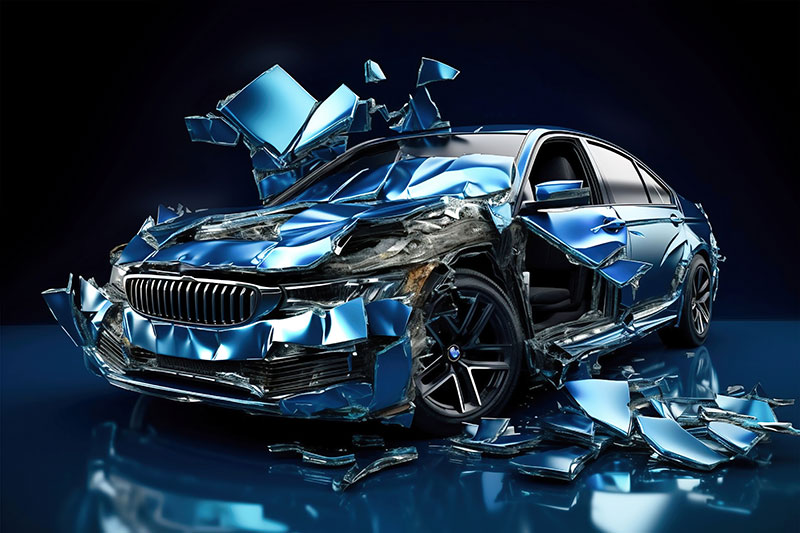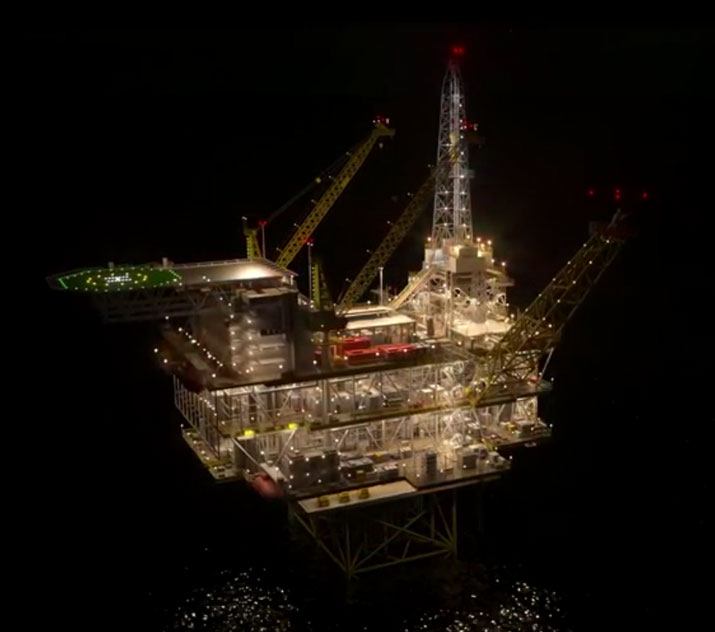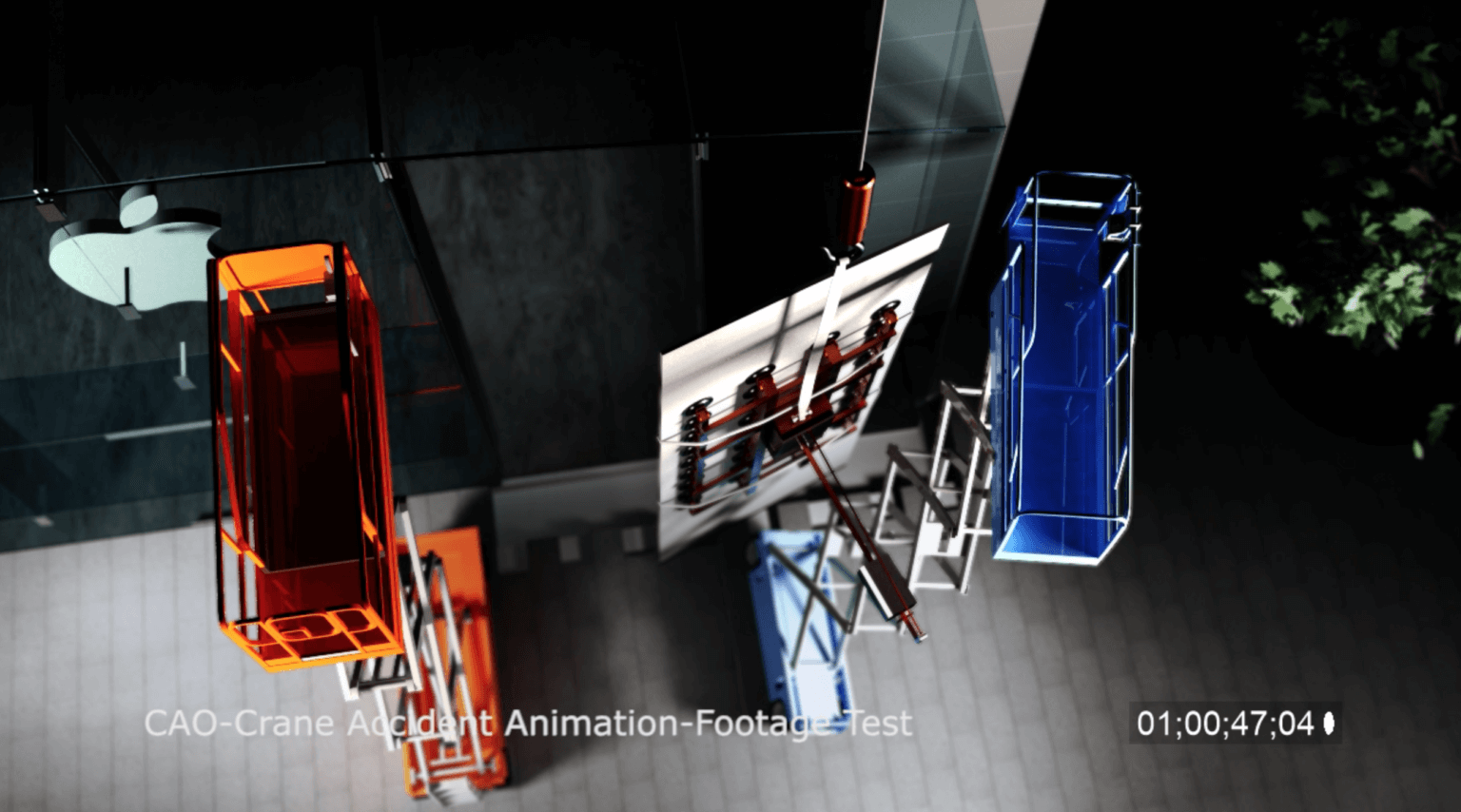Trial Graphics
By the onset of the 21st century, the conventional cel animation procedure had become outdated. Presently, animators either scan their drawings and backgrounds into a computer system or create them directly within it. Different software applications are employed to add color to the illustrations and replicate camera motion and visual enhancements. The ultimate animated creation is then exported onto numerous delivery platforms, ranging from conventional 35 mm film to contemporary mediums utilizing digital video. The original appearance of traditional cel animation has been maintained, and the core tasks of character animators have stayed consistent for almost a century. Certain animation creators have coined the term "tradigital" (a fusion of traditional and digital) to depict cel animation that incorporates substantial computer technology.
Animation is the representation of motion achieved through a sequence of images, but the intricacies of its functionality extend beyond mere simplicity. Prior to discussing the different forms of animated films, let us commence by providing an explanation of what animation entails.
Animators breathe life into the narrative by positioning characters to perform actions in every scene. They begin by deconstructing an action into a sequence of significant poses known as key frames, which delineate crucial positions. Afterwards, a computer program is employed to depict the object's motion between those key frames in order to effectively communicate the intended emotions through the resulting animation.



